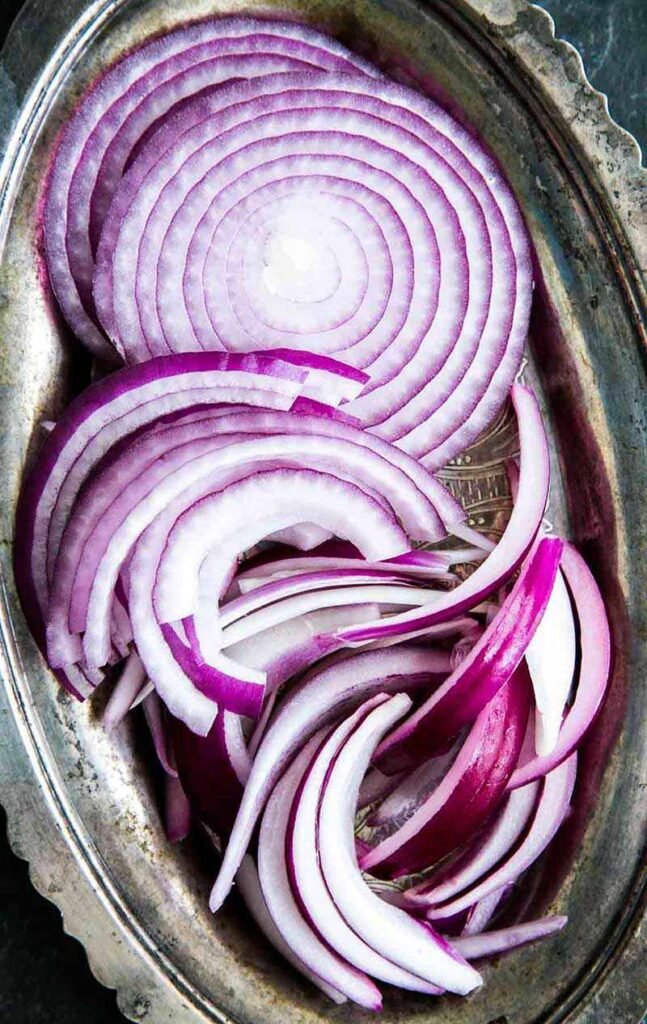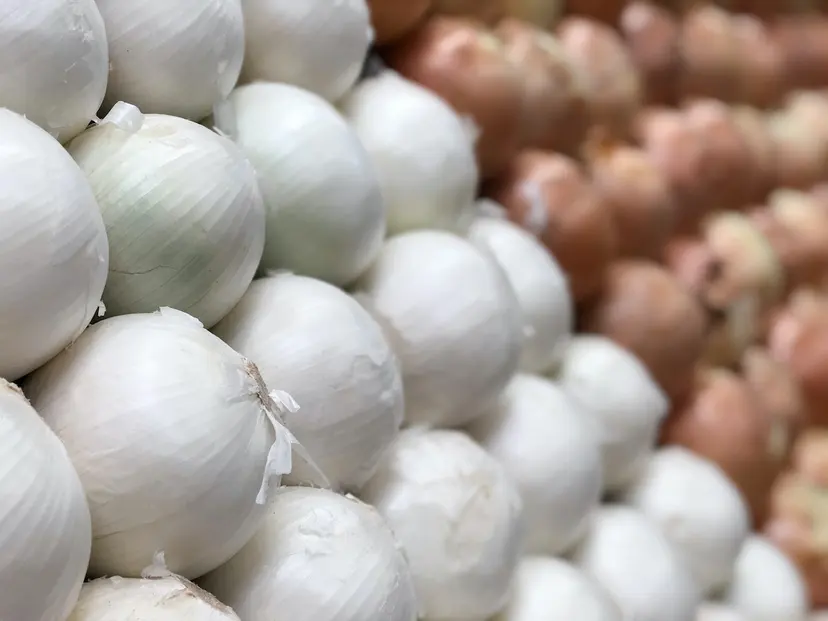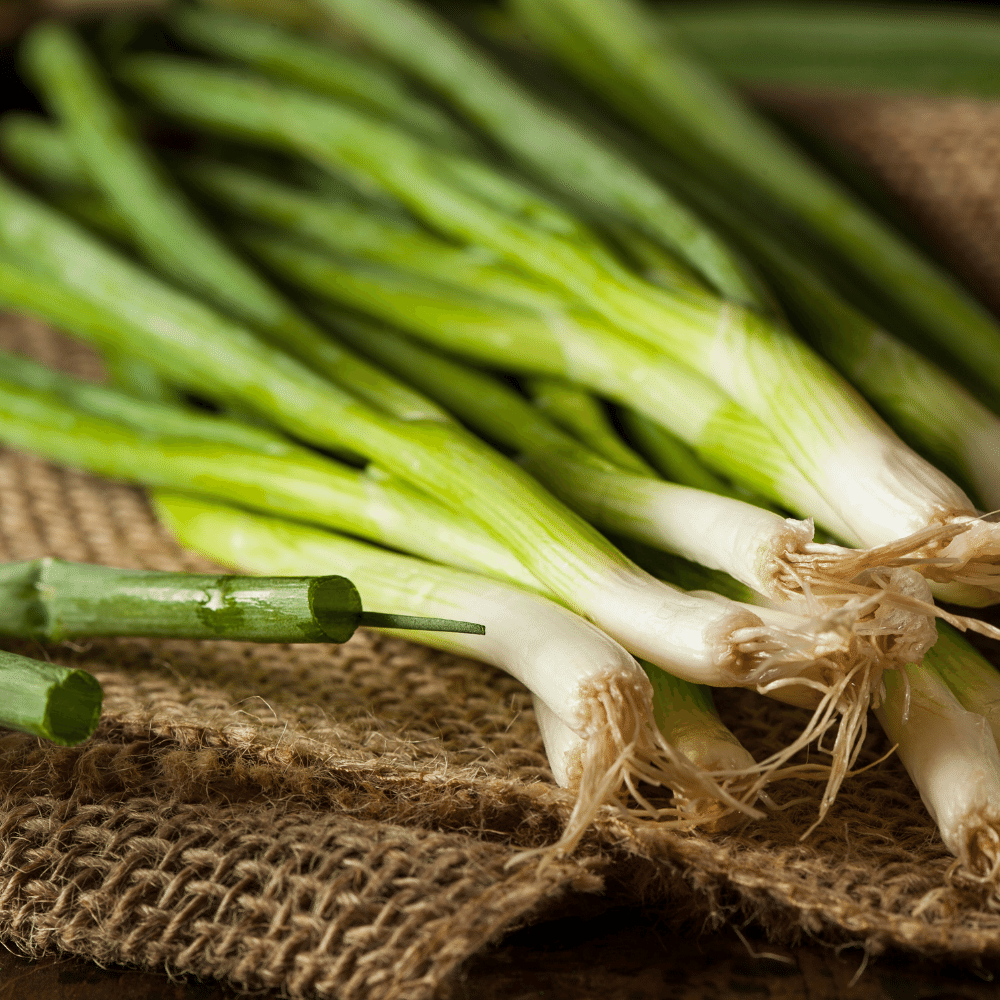Yellow onions are a versatile and widely used ingredient in various culinary creations all around the world.
Known for their distinct flavor and ability to enhance the taste of countless dishes, yellow onions have earned their place as a staple in many kitchens.
However, there may be instances where a suitable substitute is required, whether it’s due to accessibility, allergies, or personal preferences.
Understanding the role of yellow onions in recipes can help identify suitable alternatives that maintain the intended flavor and texture.
While there are several substitutes available, each has its own set of characteristics that could have an impact on the final outcome of a dish.
Careful consideration of these factors allows for a well-informed decision when choosing an appropriate replacement for yellow onions.
Understanding Yellow Onions

Yellow onions, also known as brown onions, are a versatile and essential ingredient in many recipes. They belong to the Allium cepa species and are widely used in various cuisines worldwide.
Originating from Central Asia, these popular onions have a rich history that dates back thousands of years. They were cultivated by ancient Egyptians, Greeks, and Romans and have since spread to many other parts of the world.
Yellow onions have a brownish-yellow skin and a pale-yellow flesh. They are known for their strong and pungent flavor when raw. When cooked, they develop a mellow, sweet taste and a soft, tender texture. This unique flavor profile makes them a staple in many savory dishes.
Typical applications of yellow onions in recipes include sautés, stews, soups, sauces, and roasts. They are often used as a primary aromatic, providing a rich and distinct flavor base to enhance other ingredients. Yellow onions are also suitable for caramelizing, imparting a natural sweetness that complements various dishes.
When selecting yellow onions, it is essential to look for firm, heavy bulbs with tight, dry skin, and no visible signs of moisture or mold. Proper storage involves keeping them in a cool, dark, and well-ventilated area to prolong shelf life and maintain their flavor and texture.
The 5 Best Substitutes for Yellow Onions
Yellow onions are a common ingredient in many recipes, but there may be situations where a substitute is necessary. Here, we will discuss the top 5 alternatives, providing a brief overview of their characteristics, advantages, and disadvantages, as well as suitable dishes for each replacement.
Alternative 1: Red Onions

Red onions have a slightly milder flavor and can be used raw or cooked. They are an excellent option when yellow onions are not available or when a less pungent taste is desired. However, their color may change the appearance of the dish.
Red onions work well in salads, sandwiches, and salsas, as well as in cooked dishes such as stir-fries and casseroles.
Alternative 2: White Onions

White onions have a sharper flavor than yellow onions but can still be used as a substitute. They are suitable for frying and sautéing and can be used in recipes where a strong onion flavor is desired.
Some appropriate dishes for white onions include Mexican cuisine, onion rings, soups, and various sautéed and grilled dishes.
Alternative 3: Shallots

Shallots are smaller than yellow onions and have a more delicate, sweet taste. They can be used in the same way as onions but may require more slicing and chopping due to their size.
Shallots are ideal for dishes like salad dressings, sauces, and sautéed vegetables where a subtle onion flavor is preferred.
Alternative 4: Leeks

Leeks have a mild, slightly sweet onion flavor and can be used in place of yellow onions, especially in dishes where the onion is cooked until soft. However, they have a different texture and may not be suitable for raw applications.
Leeks are best used in soups, stews, and braised dishes where their delicate flavor and soft texture can shine.
Alternative 5: Green Onions (Scallions)

Green onions, also known as scallions, have a mild flavor and provide both a hint of onion taste and a touch of green color. They are a versatile option but may not deliver the same depth of flavor as yellow onions.
Green onions can be used in salads, stir-fries, omelets, and as a garnish for dishes where a mild onion flavor and visual appeal are desired.
Selecting the Ideal Substitute for Yellow Onions
When choosing the perfect yellow onion substitute, several factors need to be considered to ensure the best results in your recipe. It’s important to analyze the specific requirements, desired flavor and texture, nutritional content, availability, cost-effectiveness, and personal preferences when selecting a suitable alternative.
A. Guideline 1: Assess the specific recipe requirements
Take a close look at the role of yellow onions in your recipe. Are they used for flavor, texture, or both? Understanding the purpose of yellow onions in the dish will help you choose the most appropriate substitute that can closely mimic their qualities and effects.
B. Guideline 2: Focus on the desired flavor and texture
Yellow onions have a mild, sweet flavor and a slightly crunchy texture. When searching for a substitute, consider alternatives that can deliver a similar taste and texture. For instance, red onions or white onions can be a good choice as their flavors are comparable to yellow onions, albeit slightly stronger or milder, respectively.
C. Guideline 3: Consider nutritional content and dietary restrictions
If specific dietary restrictions or nutritional requirements need to be met, make sure to choose a substitute that adheres to those conditions. For example, those following a low FODMAP diet may opt for green onions (scallion greens) as they are low in FODMAPs compared to yellow onions.
D. Guideline 4: Analyze availability and cost-effectiveness
When seeking a yellow onion substitute, factor in the availability and cost of the alternatives. Some options, like shallots or Vidalia onions, might not be easily available everywhere or could be more expensive. In such cases, look for more accessible and budget-friendly options like leeks or red onions.
E. Guideline 5: Experiment with various alternatives to determine personal preferences
Feel free to experiment with different substitutes to identify your favorites. Sometimes, a combination of alternatives may yield the best results, offering a unique and satisfying twist to the original recipe. It’s all about discovering the perfect balance between flavor, texture, and personal preference.
Conclusion
In this article, we have explored the importance of finding suitable substitutes for yellow onions in various recipes. Identifying appropriate alternatives can be essential due to factors such as accessibility, allergies, and personal preferences.
We have discussed the top 5 alternatives for yellow onions, which include:
- Red Onions
- White Onions
- Shallots
- Leeks
- Green Onions (Scallions)
When selecting the ideal substitute for yellow onions, consider the specific recipe requirements, the desired flavor and texture, nutritional content and dietary restrictions, availability and cost-effectiveness, and your personal preferences.
Experimenting with different onion substitutes can lead to new culinary discoveries and ultimately enrich your cooking experiences. Don’t be afraid to try these various alternatives and find the one that works best for your needs and tastes.

The 5 Best Substitutes for Yellow Onions
Ingredients
- Red Onions
- White Onions
- Shallots
- Scallions
- Leeks
Instructions
- Pick your favorite substitute from the list above.
- Follow cooking directions for your selected substitute with the proper ratio of ingredients.
Jenny has always been passionate about cooking, and she uses her platform to share her joy of food with others. Her recipes are easy to follow, and she loves giving tips and tricks to help others create their own unique culinary creations.

